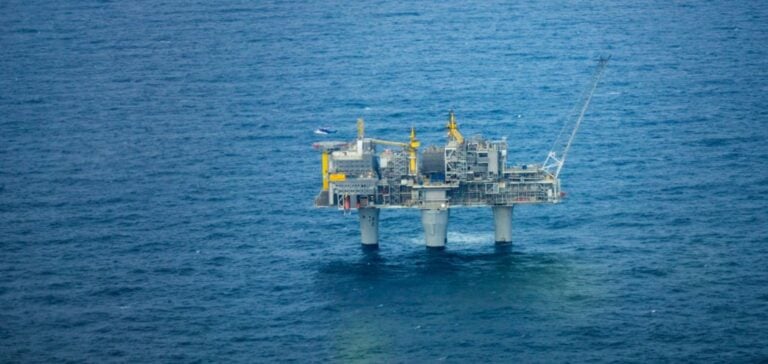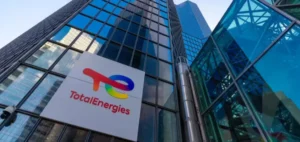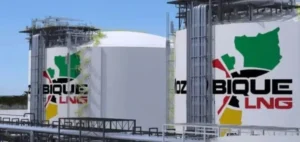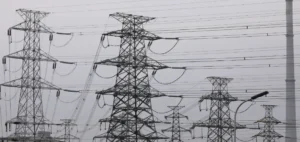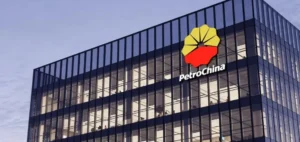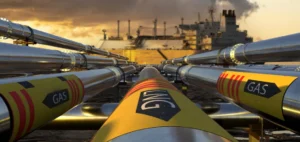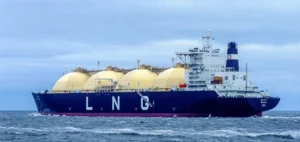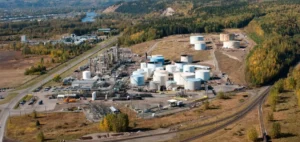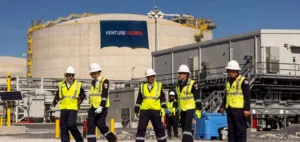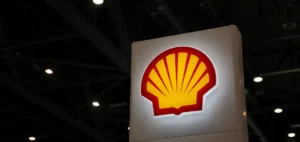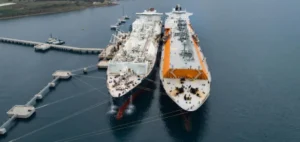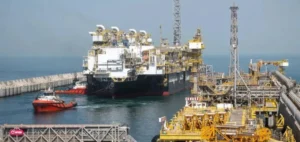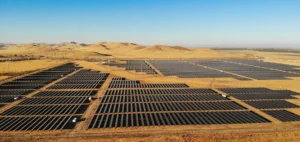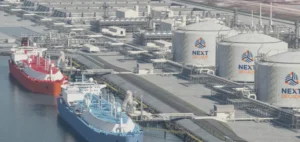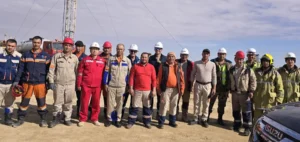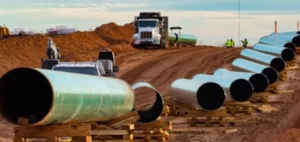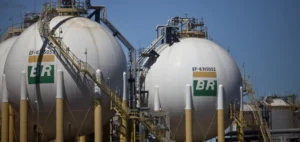Europe continues to source massive quantities of liquefied natural gas (LNG) from the USA, which has outstripped Russian and Qatari supplies since 2020. At the same time, Norway maintains a steady flow via its pipelines, which are essential for European reserves during the storage period. This dynamic underscores the strategic importance of diversifying gas supply sources to ensure the continent’s energy security.
Analysis of LNG and gas flows
The USA has emerged as the most important supplier of LNG to Europe since 2021, taking over from Russia in 2020 and Qatar in 2021. According to data from S&P Global Commodity Insights, the United States supplied 4.4 billion cubic meters (Bcm) of LNG to Europe (excluding Turkey) in May, more than double the 2 Bcm received from Russia. In the first five months of the year, Europe imported 29.2 Bcm of LNG from the United States, compared with 10.5 Bcm from Russia. Compared to the previous year, these figures were 34.4 Bcm and 9.2 Bcm respectively.
However, favorable economic conditions in Asia reduced US shipments to Europe in May. While Asia offered better financial returns, American LNG cargoes were diverted. LNG deliveries from the Yamal project in Russia have remained relatively stable since the beginning of the year, reflecting continuity of supply despite geopolitical tensions.
Economic impact of geographic arbitration
Geographical arbitrage has played a crucial role in the allocation of LNG cargoes. U.S. exports to Europe fell from 71 freighters in January to 43 in May, due to better economic prospects in Asia. “Higher profit margins in Asia started diverting US cargoes as early as late last winter,” said Alija Bajramovic, senior analyst for European and Russian LNG at S&P Global Commodity Insights. For example, the DES Northwest European marker for August was valued at $10.815/MMBtu on June 20, compared with $12.872/MMBtu for JKM, the reference price for LNG cargoes destined for Northeast Asia.
This price divergence has excluded European buyers from the global competition for sea cargoes. While European demand remains relatively weak, heat waves in Asia have maintained strong demand for cooling, increasing dependence on LNG imports.
The role of Norwegian supplies
Meanwhile, Norwegian gas flows to Europe continued to be the strongest source of pipeline gas. In the first five months of the year, Europe imported 37.5 Bcm of gas from Norway, according to data from S&P Global Commodity Insights. This constant flow is vital to meet Europe’s storage needs, especially during periods of low demand.
In comparison, around 50 million cubic meters per day of gas are exported from Russia via the TurkStream pipeline, and around 40 million cubic meters per day transit through Ukraine to Central Europe. Alija Bajramovic pointed out that “the higher share of total [de gaz et de GNL] exports from Russia to Europe is due more to low demand for LNG due to low overall demand for gas, rather than a change in supply patterns to Europe. Russia remains a marginal supplier of gas to Europe.”
LNG and natural gas supplies to Europe remain crucial to the continent’s energy security. Despite a drop in US deliveries due to more favorable economic conditions in Asia, Norway and the USA continue to play a central role. Their ability to adjust flows according to market conditions underlines their strategic importance for Europe. Diversification of supply sources remains a priority to mitigate geopolitical and economic risks, ensuring long-term energy stability for the continent.


